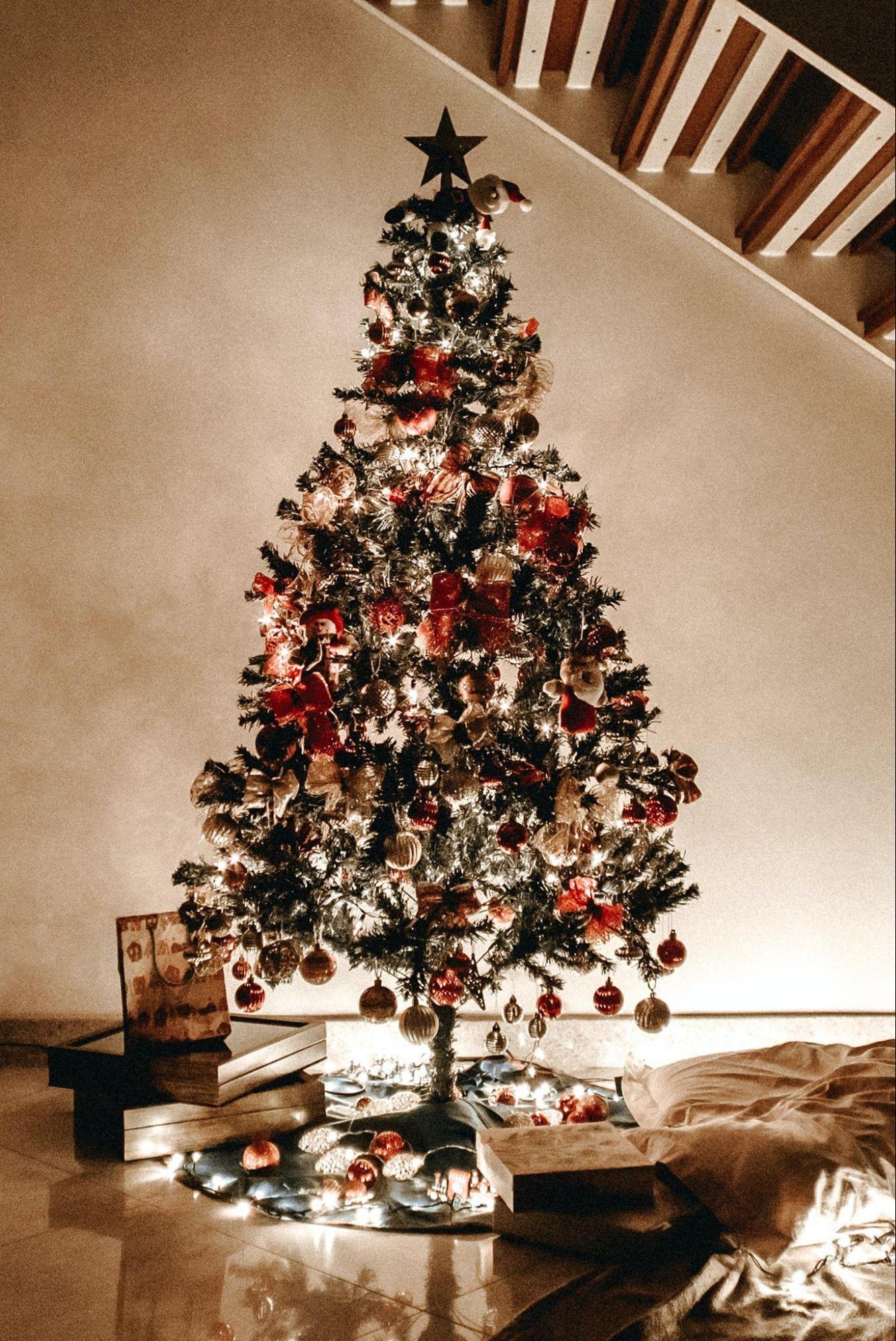As the holiday season approaches, one of the most pressing debates among environmentally-conscious individuals is whether to bring a natural or artificial Christmas tree into their homes. While some argue that real trees are a renewable resource that supports local farmers, others point to the carbon emissions associated with transporting and disposing of them. On the other hand, artificial trees are often showcased as a more eco-friendly option since they can be used for multiple years. But is that the case? Let’s take a closer look at the environmental impact of Christmas trees.
Myth: Artificial Trees are Always Better for the Environment
Many believe artificial trees are the way to go regarding sustainable Christmas decorations. After all, they don’t require water, don’t shed needles over time, and can last many years. But let’s remember that they are made of plastic, a petroleum-based material that is neither biodegradable nor renewable. Furthermore, artificial trees usually need to be shipped from overseas, thus producing significant carbon emissions during transportation. Additionally, artificial trees often contain flame-retardants and stabilizers linked to respiratory problems and cancer. Considering these facts, it’s more complex to argue that artificial trees are inherently better for the environment than real ones.
Truth: Real Trees Can Be Sustainable
A real Christmas tree may seem less eco-friendly, but it can be part of local organic farms’ sustainable Christmas decoration plan. These farms promote biodiversity, support indigenous habitats, and improve air and water quality. In addition, Christmas tree farms are often essential to the rural economy, providing jobs and income for local communities.
Myth: Flocked Trees Look More Festive
Flocking agents contain formaldehyde, glycol ethers, and acrylic polymers, which can cause respiratory problems and skin irritation. In addition, these chemicals can leach into the soil or nearby water sources, causing various environmental problems.
Truth: Glass Ornaments Are More Sustainable
Finally, when decorating your Christmas tree, consider going for glass ornaments over plastic ones. Glass ornaments are made from a naturally-occurring material that can be easily recycled and reused for years. Furthermore, they are more durable than plastic ornaments, which can easily break or wear out during the holiday season. By contrast, plastic ornaments are made from petroleum, consume more energy to produce, and will remain in a landfill for thousands of years after being discarded.
Tips for a Sustainable Christmas Tree and Decoration
Now that we’ve debunked some of the common myths associated with artificial Christmas trees and decorations, let’s conclude by outlining some tips for a more sustainable holiday season:
Choose a real tree from a local farm that uses sustainable practices, or consider renting a Christmas tree.
If buying an artificial tree, opt for a high-quality one that can be used for many years, and be sure to donate it once it’s no longer in use.
Avoid flocking your tree or using artificial snow, and instead, focus on alternative decorations like lights, popcorn strings, or paper ornaments.
Choose glass ornaments over plastic ones, and consider supporting independent artists and small businesses that create ethical and sustainable ornaments.
Finally, recycle your Christmas tree and decorations after the holidays, or repurpose them for future craft projects.
In conclusion, having a sustainable holiday season involves more than just purchasing eco-friendly products- it’s all about making choices that align with your values. Whether you choose a natural or artificial tree or decorate it with glass or plastic ornaments, the most important thing is to be mindful of the environmental impact of your choices and make intentional decisions that reflect what you believe in. By following our sustainable Christmas tree and decoration tips, you can enjoy a festive and joyful holiday season that is friendly to both the planet and your conscience.

